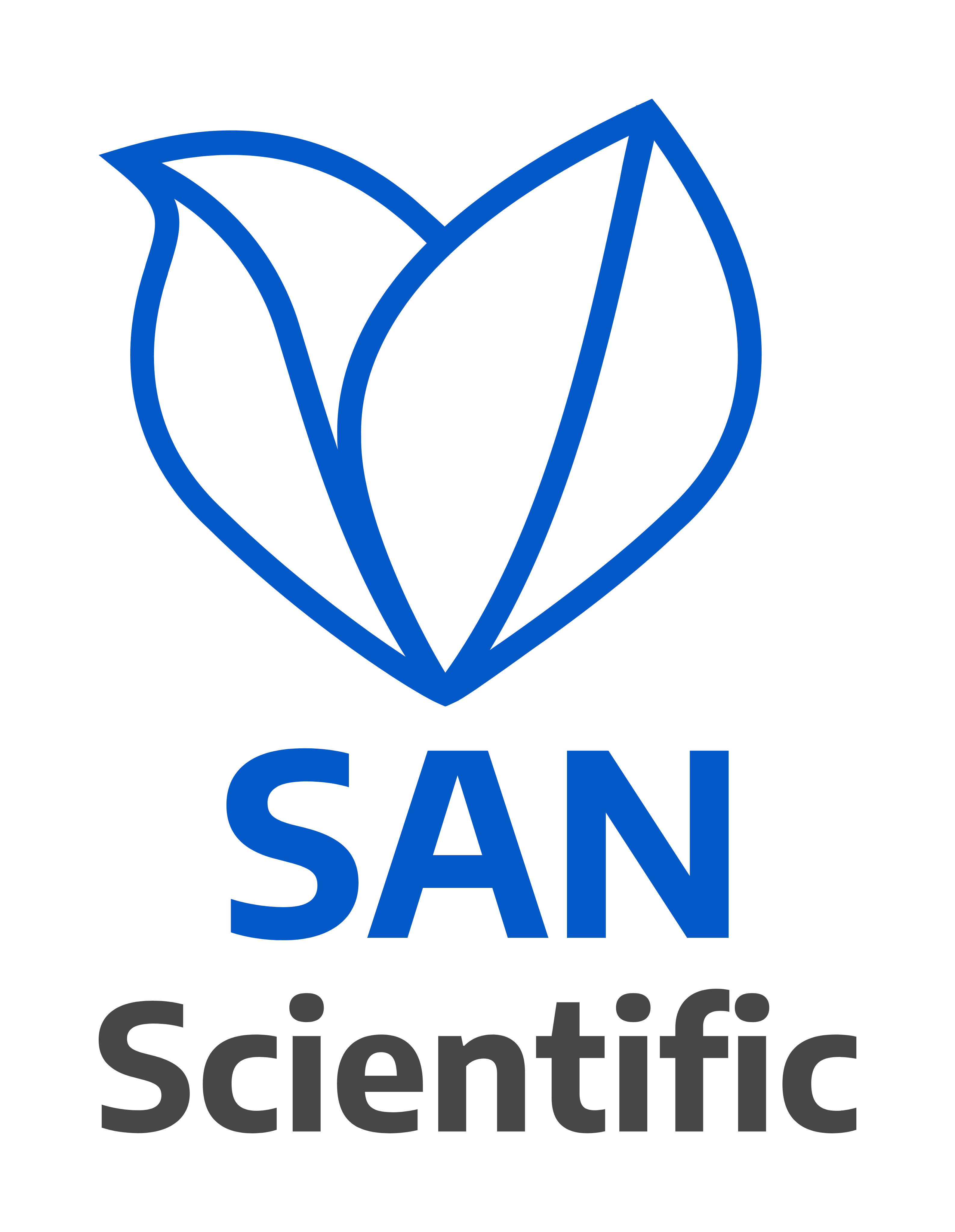Determinants of the Developed Country Index and Indonesian Macroeconomic on the IDX Growth 30 and IDX Value 30
DOI:
https://doi.org/10.58777/reb.v2i2.209Keywords:
IDXG30, IDXV30, Hang Seng Index, Dow Jones Index, 10 Year Government Bond Yield, Foreign Ownership in Government Bonds and BI7DRRAbstract
This study analyzes the determinants of the Developed Country Index (Hang Seng Index, Dow Jones Index) and Indonesian macroeconomic variables (10-Year Government Bond Yield, Foreign Ownership in Government Bonds, and the BI-7 Day Reverse Repo Rate, BI7DRR) on the movement of the IDX Growth 30 Index (IDXG30) and IDX Value 30 Index (IDXV30) from 2018–2022. Monthly time series data is used with a saturated sampling technique, processed via Eviews 12 using VECM analysis. The study conducts Stationarity, Optimal Lag, VAR Stability, and Cointegration Tests, along with Impulse Response Function (IRF) and Forecast Error Variance Decomposition (FEVD) analyses Results show that the Hang Seng Index and Foreign Ownership in Government Bonds negatively affect IDXG30 and IDXV30, while BI7DRR positively influences both. The Dow Jones Index positively affects IDXG30 but negatively impacts IDXV30. Meanwhile, the 10-Year Government Bond Yield negatively affects IDXG30 and positively influences IDXV30. Additionally, the performance of IDXG30 and IDXV30 themselves and BI7DRR significantly contribute to both indices' movements.
References
Adnyana, IM, Nurwulandari, A. & Suryadi. (2022). The Influence of the World Gold Price, STI Index, N225 Index, KS11 Index, DJI Index, on the IHSG and its Impact on the IDX30 Index of the Indonesian Stock Exchange (2012-2020), Scientific Journal of Accounting and Finance, 4(7), 2733-2743.
Afendi, A. (2017). The Influence of Macroeconomic Variables on the Stock Index in the Jakarta Islamic Index. (JII). (Period 2012-2016), 13(2), 48–72.
Anisa Fitri Ani, Thomas Andrian (2022). The Influence of Foreign Stock Indexes and Macroeconomic Variables on the Lq45 Stock Price Index, Journal of Economic and Development Studies, 4(2), 69-76. https://doi.org/10.24036/jkep.v4i2.13534
Askotamiya, C. (2017). Comparative Rate of Return between Value Stock and Growth Stock in Companies on the Indonesian Stock Exchange. FinAcc Journal, 2(5), 733-744.
Bank Indonesia. (2018). Decision of the Board of Governors' Meeting regarding Determination of the BI7DRR Interest Rate as a Representation of the Bank's Monetary Policy and Attitude. Jakarta, Indonesia: Bank Indonesia.
Basit, Abdul. (2020). The Influence of World Gold and Oil Prices on the IHSG for the 2016-2019 Period. JAA, 5(1). https://doi.org/10.29303/jaa.v5i1.89
Beureukat & Andriani, EY (2021). The Influence of World Oil Prices, the Dow Jones Index and the Hang Seng Index on the Composite Stock Price Index for the 2016-2020 Period, Oikonomia: Management Journal, 17(1), 1-12. https://doi.org/10.47313/oikonomia.v17i1.1129
Boediono. (2014). Synopsis Series Introduction to Macroeconomics. Yogyakarta Special Region: BPFE.
Chia, Ricky Chee-Jiun, Venus Khim-Sen Liew, SAW (2015). The Day-of-the-week Effect in the Hang Seng Index. The Empirical Economics Letters, 14(2), 107–111.
Dwiati, Agustina Ratna., Ambarwati, Yulian Belinda. (2016). The Influence of Gold Prices on the Indonesian IHSG with the Exchange Rate as a Moderating Variable. Implementation and Contribution of Accounting, Management and Business Sciences in Building National Economic Resilience. National Conference & Call for Papers 3(2)
Eko Supriyanto Hadi, Teuku Alexander Azwani Amzul (2022). Analysis of the Effect of Inflation, 10y-Yield Government Bonds, Exchange Rates and HSI Index on the Composite Stock Price Index (IHSG) for the 2008-2017 period. Journal of Primary Economics, 1(2), 100-113. https://doi.org/10.55903/juria.v1i2.15
Endri, Abidin, Z., Simanjuntak, TP, & Nurhayati, I. (2020). Indonesian Stock Market Volatility: GARCH Model, Montenegrin Journal of Economics, 16(2), 7-17. https://doi.org/10.14254/1800-5845/2020.16-2.1
Ermawati, P & Lumbangaol, HE. (2018). The existence and determinants of the middle income trap in Indonesia. Journal of economics & public policy 9(2). https://doi.org/10.22212/jekp.v9i2.984
Hartono, J. (2013). Portfolio Theory and Investment Analysis.BPFE. Yogyakarta
Haryanto, Astuti (2021) Analysis of the Influence of the Dollar Exchange Rate, World Gold Prices, Dow Jones, Interest Rates on the Composite Stock Price Index. Scientific Journal of Management, Business and Accounting Students, 3(1), 113-123. https://doi.org/10.32639/jimmba.v3i1.771
Hidayat, WW (2019). Basic Concepts of Investment and Capital Markets. Uwais Indonesian inspiration.
HSI. (nd). Hang Seng Indexes. Retrieved April 17, 2022, from https://www.hsi.com.hk/eng/indexes/all-indexes/hsi
Jogiyanto, H. (2010). Portfolio Theory and Investment Analysis. BPFE. Yogyakarta.
Kumar, K. K., & Sahu, B. (2017). Dynamic Linkages Between Macroeconomic Factors and Islamic Stock Indices in a Non-Islamic Country India. Journal of Developing Areas, 51(1). https://doi.org/10.1353/jda.2017.0011
Kurniawan, A. (2017). Ellen May Invites People to Save in Stocks Now. Retrieved January 1, 2017, from https://ekbis.sindonews.com/read/1263986/32/ellen-may-ajak-communitynabung-saham-kini-1512718670
Lena Panca Mustika Rasa, Ina Khodijah, Cecep Abdul Hakim (2023). Foreign Ownership of Tunneling Incentives and Intangible Assets on Transfer Pricing Decisions with Tax Rates as an Intervening Variable. Scientific Journal of Management Science and Entrepreneurship, 3(1), 493-521.
Mansur, A. (2023). Determinants of Foreign Direct Investment from China to Indonesia. Research of Economics and Business, 1(2), 68–75. https://doi.org/10.58777/reb.v1i2.82
M. Rifki Bakhtiar, Tri Purwani (2021). Impact of the Nikkei 225 Index, Dow Jones Index, Fed Interest Rates and Inflation on the JCI. Journal of Economics and Business, 3(1), 61-70. https://doi.org/10.47729/indicators.v3i1.88
Mankiw, N.G. (2014). Introduction to Macroeconomics. Jakarta: Salemba Empat.
Midesia, S. (2022). The Influence of the Dow Jones Industrial Average and Hang Seng Index on the Composite Stock Price Index in 2021. Journal of Accounting Economic Research (JENSI), 6(2), 129-135. https://doi.org/10.33059/jensi.v6i2.6740
Nadi Hernadi Moorcy, Mahfud Alwi, Tamzil Yusuf (2021). The Influence of Inflation, Interest Rates and Exchange Rates on the Composite Stock Price Index on the Indonesian Stock Exchange. GeoEconomic Journal, 12(1), 67-78. https://doi.org/10.36277/geoeconomics.v12i1.146
Parulian, Tohap., Mahendra, A. 2021. The Effect Of The Fed Rate, Exchange Rate, and Economic Growth on The IHSG with Inflation as a Moderating Variable. International Journal of Research and Reviews, 8(7). https://doi.org/10.52403/ijrr.20210735
Putri, LP (2021). The Influence of Financial Literacy on Investment Decisions Through Financial Behavior as a Moderating Variable. National Seminar on Social and Humanities Educational Technology, 1(1), 769–775. https://doi.org/10.52300/jmso.v1i1.2372
Rasa, Lena Panca Mustika., Khodijah, Ina., & Hakim, Cecep Abdul. (2023). Ading Ownership, Tunneling Incentive and Intangible Assets on Transfer Pricing Decisions with Tax Rates as an Intervening Variable. Journal of Valuation 3(1)
Ross, S. A., Westerfield, R., & Jordan, B. D. (2008). Fundamentals of Corporate Finance. Tata McGraw-Hill Education.
Santosa, P. W. (2011). Probability of Price Reversal and Intraday Trading Activity on Tick Size-25 at Indonesia Stock Exchange. Journal of Technology Management, 10(3), 226–242. https://journal.sbm.itb.ac.id/index.php/mantek/article/view/142
Santosa, P. W., & Puspitasari, N. (2019). Corporate Fundamentals, Bi Rate And Systematic Risk: Evidence From Indonesia Stock Exchange. Jurnal Manajemen, 23(1), 40–53. https://doi.org/10.24912/jm.v23i1.443
Santosa, P. W., & Santoso, P. W. (2019). Does Exchange Rate Volatility cause Overreaction in the Capital Market? Evidence from Indonesia. International Journal of Finance and Accounting, 8(3), 80–87. https://doi.org/10.5923/j.ijfa.20190803.02
Santosa, P. W., & Sihombing, P. (2015). Factors affecting the yeld curve fluctuation of Indonesia government bond. International Journal of Applied Business and Economic Research, 13(6), 4073–4087.
Sari, NWLN, & Abundati, N. (2015). Variables that Influence Bond Yield in Companies Listed on the Indonesian Stock Exchange. E-Journal of Management, 4(11), 3796–3824.
Sari, VM, Putri, NK, Arofah, T., & Suparlinah, I. (2021). The Influence of Investment Motivation, Basic Investment Knowledge, Minimum Capital, and Technological Progress on Students' Investment Interest. Journal of Doctoral Management (JDM), 4(1), 88. https://doi.org/10.22441/jdm.v4i1.12117
Sihombing, P., Edi Santoso, & Dini Hariyanti. (2023). Macroeconomic Variables Effect on 10-Year Tenor Government Bonds Yield. Research of Economics and Business, 1(2), 57–67. https://doi.org/10.58777/reb.v1i2.83
Sihombing, P., Melitana, C. L., & Oktavia, D. (2023). Analysis of factors influencing stock returns with firm size as a moderating variable in the garment and textile industry listed on the Indonesian Stock Exchange (BEI) 2016-2020. Research of Finance and Banking, 1(2), 93–102. https://doi.org/10.58777/rfb.v1i2.140
Surya and Nasher. 2011. Analysis of the Effect of SBI Interest Rates, Exchange Rates, Company Size, Debt to Equity Ratio and Bond Rating on Corporate Bond Yield in Indonesia. Journal of Technology Management. 10(2).
Tumundo, Sandi Rendy. (2020). The Effect of Reverse Repo Rate and Inflation on Stock Returns. Journal of Regional Accounting & Finance 15(1). https://doi.org/10.52062/jakd.v15i1.1463
Untono, M. (2015). Analysis of the Effect of Economic Growth, Inflation, Exchange Rates, DJIA Index, and World Oil Prices on the Composite Stock Price Index. Parsimonia: Journal of Accounting, Management and Business, 2(2), 1–12.
Wibowo, F., Arifati, R., & Raharjo, K. (2016). Analysis of the Influence of the Inflation Rate, SBI Interest Rate, US Dollar Exchange Rate on the Rupiah, Money Supply, Dow Jones Index, Nikkei 225 Index, and Hangseng Index on the Movement of the Composite Stock Price Index (IHSG) for the 2010-2014 Period. Journal of Accounting, 2(2)
Wicaksono, IS & Yasa, GW (2017). The influence of the FED rate, Dow Jones index, Nikkei 225, Hang Seng on the composite stock price index. Udayana University Accounting E-Journal, 18(1),366-380. Retrieved from https://ojs.unud.ac.id/index.php/Akuntansi/article/view/24216
Widiawati, NKES, & Yuniasih, NW (2023). The Influence of Investment Knowledge, Minimum Capital, Investment Benefits, and Financial Literacy on Students' Investment Interest in the Capital Market (Study of Accounting Students, Faculty of Business Economics and Tourism, Indonesian Hindu University). Hita Accounting and Finance, 8, 149–160. https://doi.org/10.32795/hak.v4i1.3094
Widodo. (2018). Analysis of the Influence of the Asian Regional Composite Stock Price Index on the Indonesian Composite Stock Price Index. EkBis: Journal of Economics and Business, 1(2), 148–164. https://doi.org/10.14421/EkBis.2017.1.2.1016
Wulan Nur Fitriani, Titi Rapini, Hadi Sumarsono (2020). The Influence of Interest Rates, Inflation and the Dow Jones Index on the Composite Stock Price Index on the IDX for 2014-2018. Journal of Economics, Management and Accounting. 4(2), 252-265. https://doi.org/10.24269/iso.v4i2.491
Downloads
Published
Issue
Section
Copyright (c) 2024 Idris Samsudin, Pardomuan Sihombing, Yohanis Hans Kwee

This work is licensed under a CC Attribution-ShareAlike 4.0
 Views: 154
|
Views: 154
|
 Downloaded: 171
Downloaded: 171









